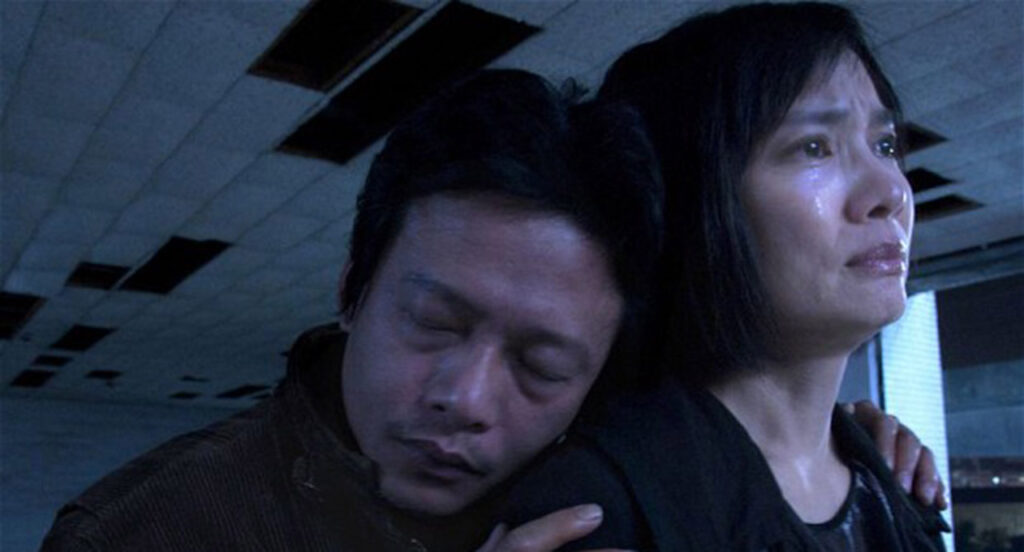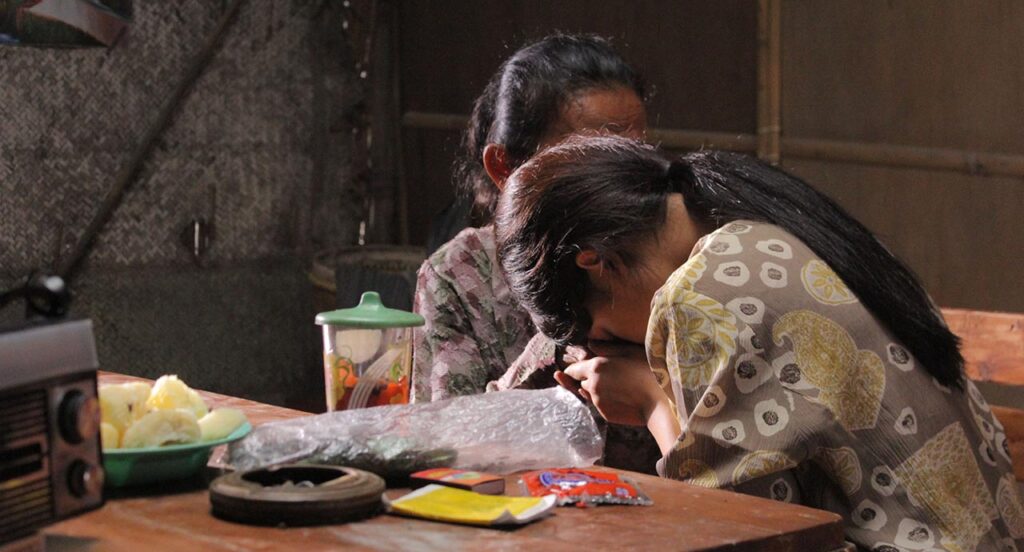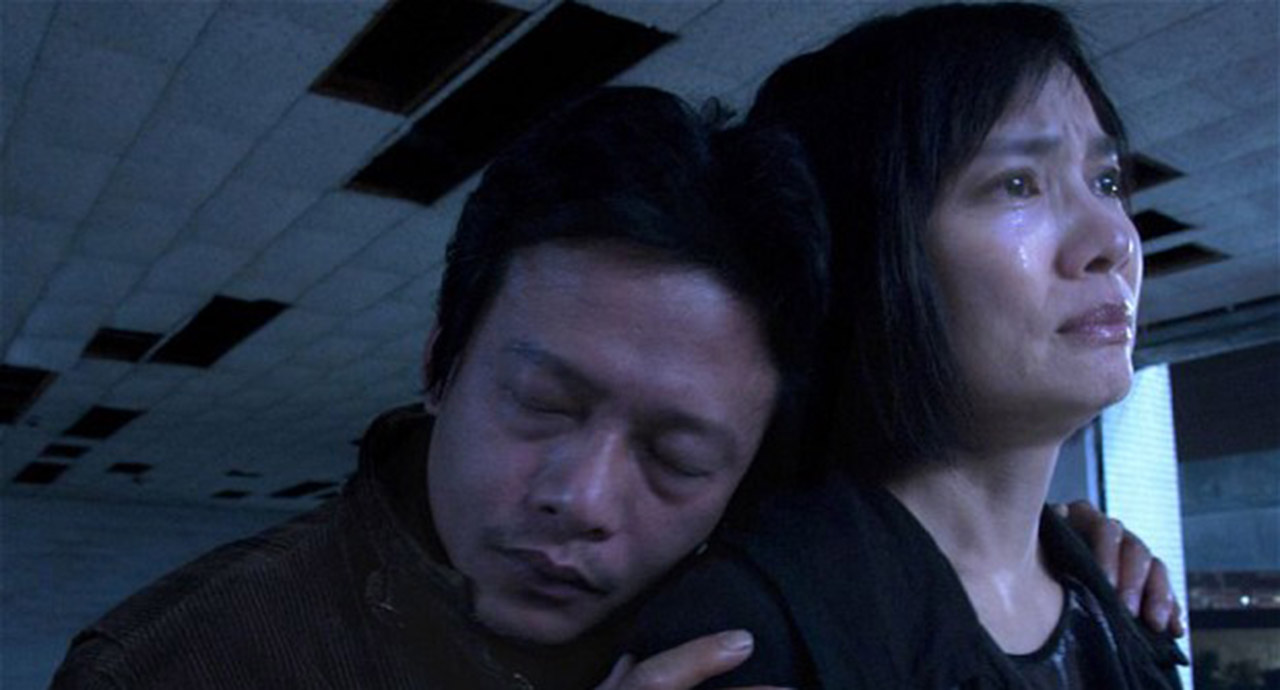
After screenings of the short films nominated for the SEA short film competition over the past few weeks, some of us in the youth jury noticed that many of the short films employed techniques common in slow cinema, such as long takes, static cameras and the portrayal of real time. In this article, the first of a two-part feature, we discuss two films: Soulik and Last Night Our Daughter Came Back Home.
~~
Janel: There are some who impose strict rules for what films can fall under the category of slow cinema, but instead of focusing on formal definitions, we want to talk more generally about the sense of slowness that pervades many of the short films, even if they do not fit squarely into the category. What do you guys think about the use of slowness here? Did it just feel like a deliberate deviation from the intensified continuity that we’re used to seeing in mainstream cinema? Or did it help us to experience the weight of the images?
Brandon: Well I didn’t think that the emotions of the characters were very accessible in a film like Soulik (directed by Chiang Wei Liang). Perhaps it was trying to emulate a Hou Hsiao Hsien effect of obscuring and revealing. There was always a distancing, and maybe deliberately so. We begin with a closeup, and subsequent shots in which the couple is obscured by door frames. The whole film seemed to build up towards an emotional break, uncovering underlying tensions between the couple bit by bit. But it was a little bit too literal.
Zac: The centrepiece of Soulik is an almost 10-minute long take where we observe a man and woman in the throes of their relationship. Nearly nothing happens and only two lines are spoken within this duration, and the camera cuts right before a moment of intimacy, refusing to provide any relief to its viewers. It is a difficult scene, and it’s asking a lot from its audience just to sit through it without falling asleep. But that’s not my problem with it, rather, it is how the film overthrows its subtlety with melodrama: at one point the girl unconvincingly drops the box of love letters, and starts tearing them up. It makes it harder for me to acknowledge the sincerity of the characters.
Brandon: Maybe there was too little presented that we can’t help but notice these small details, so they are rendered as stark and obvious. When you slow things down in a film, every other aspect of the film seem to become more apparent or even elevated.
Zac: Yeah, perhaps it was too melodramatic. The complexities of the emotional torrents of the couple became rather reduced into predictable clichés. We know they’re going to break up, and that is exacerbated by heavy-handed tensions.
Janel: But what about the scene at the end then? Didn’t it seem like there was a change in tone?
Brandon: Yes, there was a change from black and white into color. But I wasn’t sure if it was a flashback to the past, a yearning for an impossible situation of togetherness, or eventual togetherness in the end. The ambiguity just left it rather … unresolved.
Zac: In the span of a short film it is harder to draw out the effect of slowness in the audience, because there is less space to establish character and story. If we look at Tsai Ming Liang’s latest film, Stray Dogs, it also has a static shot that lasts more than ten minutes near the end – also with two characters in the frame. Similar to Soulik, the man reaches out toward the woman, closing the distance between them at the end of the long take.


Brandon: But in Stray Dogs, that long scene was shot in a medium closeup in spite of the emotional distance between the characters. The slightest of movements become amplified after such a long spell of inaction. Soulik tried to create this distance between the characters, but you always get the feeling that each character is always doing something, or fidgeting with something else. The eventual embrace between the male and female character didn’t really create the impact in Stray Dogs. In the latter, the final movement emphasized the distance between the two characters even more. That was powerful.
Janel: Perhaps we shouldn’t stray too far from the short films at hand. How did you find Last Night Our Daughter Came Back Home? Was it effective for you? I thought it was more concise, and it wasn’t trying to be difficult even when the film was slow.
Brandon: There was often something unexpected that enters the frame. In Soulik, it’s more predictable. You can always hear the sound of the typhoon, but it’s not dynamic. It’s perhaps too constant. Whereas in Daughter, we start off with hearing the ghost of the daughter’s stick hitting the straw. When the mother recalls the daughter’s presence, the sound recurs as a haunting memory and then becomes a metaphor for remembrance.
Janel: Yeah, I think unexpected is a good way to talk about their differences, and how one works while the other does not. The longest take in Soulik always had three elements: The guy, the girl, and the box. Visually, it rarely breaks away from that composition. In Daughter, there were things entering and leaving the frame, which made it feel less static as our eyes can follow the movement of the characters.
Zac: If we were to compare the two, with Daughter I can really feel the longing of the mother for her daughter who works away from home – I think the slowness enhanced the mother’s sense of loneliness and worry – whereas Soulik employed the stylistic elements in a way that was more self-aware and at times superficial.


